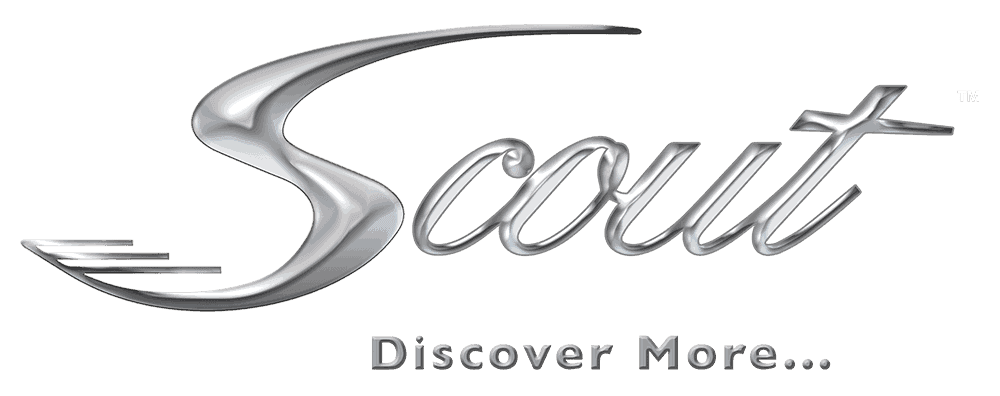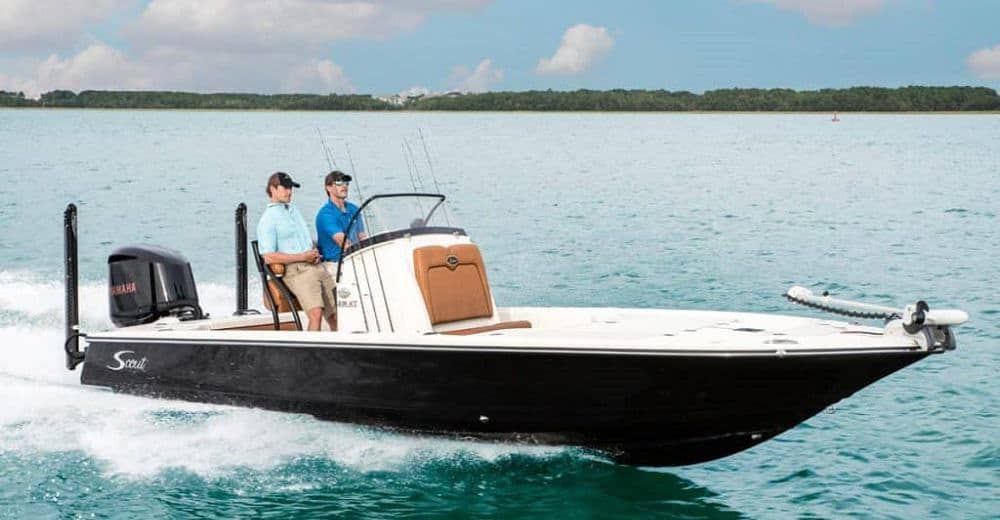
Those who live in coastal areas are truly blessed when it comes to fishing, as many can target nearby bays for some of the most active and exciting angling possible. However, to have success while bay fishing, you need to have the right gear, implement the best strategies, and know which species to target. Prepare yourself for an afternoon on the water with this ultimate bay fishing guide filled with useful tips!
Target the Right Area
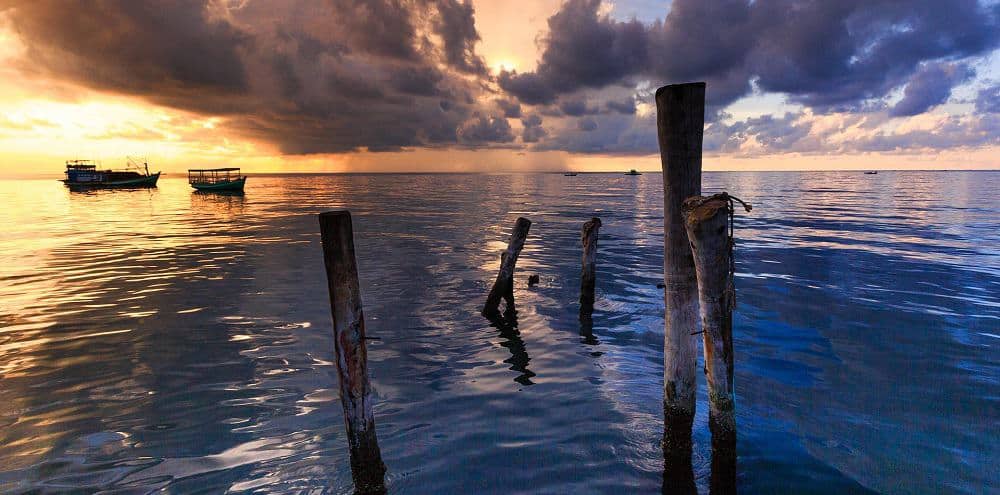
Regardless of the boat you use, the tackle you throw, and the line you spool onto the reel, you’ll never maintain consistent success in fishing if you’re not targeting the right area. Many experienced anglers will tell you that targeting the right location is the single most important factor for sustained success, and it’s no different when bay fishing. Take a look at a few potential hot spots that you should consider targeting:
Underwater Structures
Reefs, wrecks, oyster beds, and high-vegetation areas often have the most fish activity. They are homes for small to medium-sized fish, which means larger predators are constantly prowling these areas for food. Predatory fish often circle the perimeter of structure, waiting for a smaller fish to wander out.
Try working your lure into the structure then out, and an active fish might ambush your hook. Some fish live deeper in the structure, so dropping a lure or live bait right into the middle of the structure can be a successful technique.
Drop-Offs
Any place where there is a steep drop from shallow to deep water could be a location loaded with fish. These locations offer cover for predators waiting to make a strike, allowing you to take advantage of their aggressive nature.
To find drop-offs, you have to do some work. The easiest way is to simply purchase a depth chart, which may be available at a local bait shop. If you can’t purchase a map, drive across the bay in a grid-like fashion and watch your depth finder. Then, place a GPS marker anywhere you find a sharp drop-off.
Shallows
Shallow areas, such as shoals and flats, can also be effective places to fish in bays. Fishing in shoals is often most effective at night, as fish can move along without the fear of birds of prey snatching them from above. Trolling, or even cruising quietly with poles, is an effective technique for fishing these areas. Shallow-swimming lures thrown directly to a visible fish can be incredibly productive.
Water Convergence Zones
Anywhere saltwater and freshwater come together, you are likely to find fish. Often called “convergence zones,” these areas have variations in water salinity (salt levels), which attracts fish for a variety of reasons. Fish both the saltwater and freshwater sides of a convergence zone, and mix up your lure selection to find the right combination.
The Gear You’ll Need
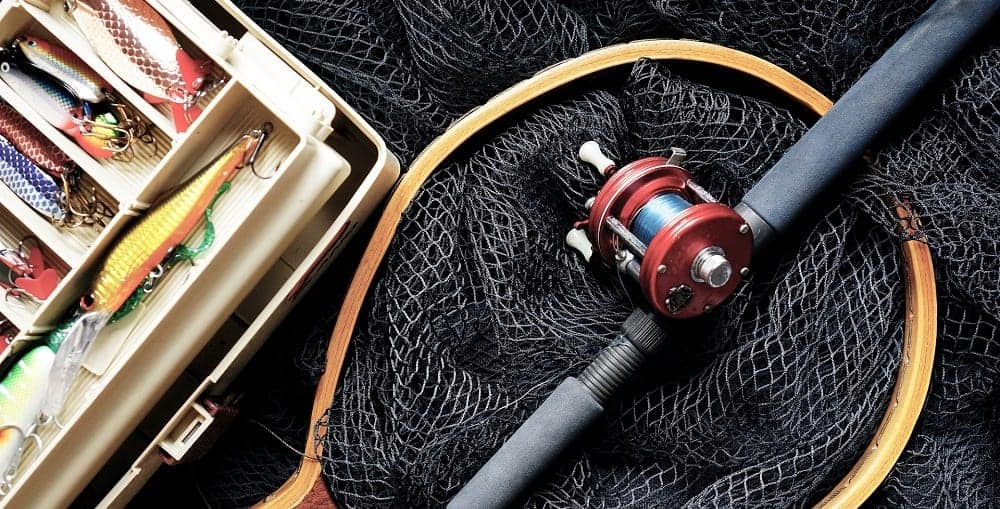
Rods, Reels, Lines
Specific rods, reels, and line selection will depend on the exact species you are targeting. However, you will likely want a size 2500 to 4000 reel on a 6.5 to 7-foot rod with light to medium-light action.
Ten pound to thirty pound test-braided line is usually the best option.
Live Bait
When fishing in bays, you have a choice between live bait and artificial lures. If selecting live bait, you will generally want to use something that is similar to what the fish are currently feeding on. In bays, you may use shrimp, bull minnows, and fiddler crabs, which are three of the most popular options. Some anglers prefer to catch their own live bait before fishing for a trophy, although you can likely find options at your local tackle shop.
Artificial Lures
Artificial lures, which are made from plastic, metal, and a variety of other materials, can be highly effective as well. They often allow you to mimic the action of a fish in the water and attract aggressive fish. Selection will depend on many factors, but you can find anglers in bays using spoons, crank-baits, bucktail jigs, and a wide variety of plugs.
An Ideal Bay Fishing Boat
In the open ocean, you need a large boat. In shallow waters, a smaller boat is probably best. But in bays, you need a well-balanced boat that can give you reliable performance in a variety of conditions.
The ideal bay boat is usually 20 to 25 feet, although larger vessels are possible. It should have an expertly-designed hull, allowing it to cut through choppy waves and maintain a smooth ride across the water. It should also have a shallow draft, as you may want to target shallow areas, such as shoals and intertidal areas.
Of course, your bay boat should be loaded with plenty of fishing features, such as a live well and plenty of rod storage.
Types of Species You Can Target in Bays
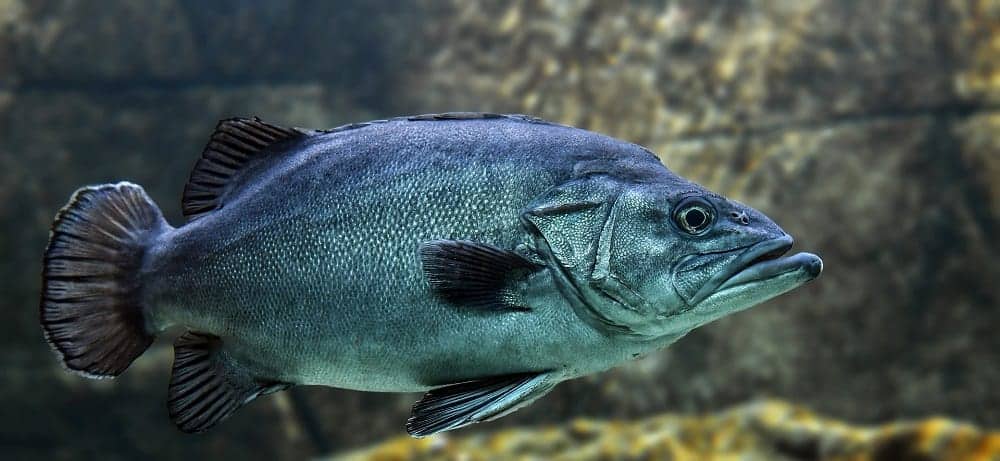
There are many fish you can catch in bays, but here are three of the most popular species:
Redfish
Redfish, also known as red drum, generally feed in shallow estuaries, although they will travel to deep water during the winter. These fish are active feeders and offer an excellent fight. They can be caught with live bait or artificial lures, creating unique opportunities for anglers.
Spanish Mackerel
Spanish mackerel are active in bays during the spring, when anglers often see large schools of this species. Trolling for these fish is a useful technique, but casting artificial lures is often more rewarding, at least from the perspective of sporting.
Sheepshead
Best fished in winter and early spring, the sheepshead is a species that feeds on shrimp and fiddler crabs off the bottom. Most anglers will use live bait and fish at or near the bottom, and chum can be used to attract more sheepshead.
Purchase a Top-Quality Bay Boat

We hope this ultimate bay fishing guide filled with plenty of tips has helped you prepare for your next adventure on the water. However, to have the best success while bay fishing, the right boats makes all the difference. You need a top-quality vessel from Scout. Create the bay fishing boat of your dreams with our handy Build Your Scout tool today!
